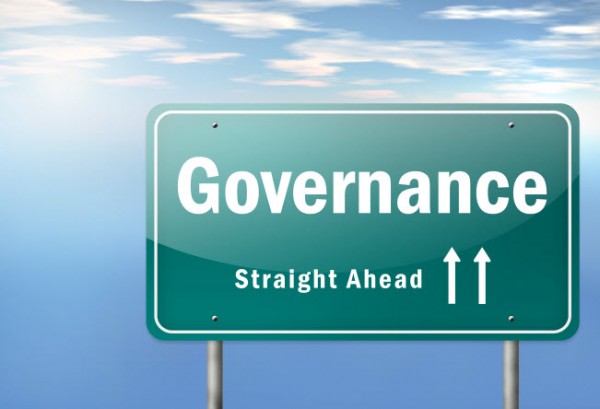TREND #9: DEVELOP AND IMPLEMENT A STRONG GOVERNANCE STRATEGY AND ORGANIZATION
Data governance is the overall management of enterprise data. It encompasses the people, processes, and information technology required to consistently ensure data value, quality and integrity, improvement, development, and maintenance. It also includes a single shared definition for all data, data security, and availability of the right data at the right time to the right people in the right format across the organization.1
The healthcare industry has loosely thrown around the term “data governance” for many years. However, as regulators, hospital executives, and patients have more consistently enforced, demanded, and expected better quality of care, healthcare organizations have begun investing a great amount of time and money into seeking the true value behind data governance. Healthcare organizations own significant amounts of data and data resources, but turning that data into an information asset that can be managed for effective decision making is simply not happening at an enterprise level. Managing information as an enterprise asset requires effective data governance.2
Data security is especially critical in the healthcare industry. Definitive Healthcare tracked 72 data breaches at hospitals and health systems in 2014, affecting more than five million individuals. These breaches cost hospitals money, impact their reputation, and potentially expose them to lawsuits. Data governance serves as the quality control component of an organization’s data. Its primary goal is to allow for data across the organization to be consistent, accurate, available, and timely in order to help drive improved and effective clinical, operational and financial decision-making. However, understanding and establishing data governance is not an easy task. It takes time, effort and the commitment of a cross-functional team to lay a strong foundation for its success. As demands and expectations for improved care coordination continue, healthcare organizations are going to not only have to understand the importance of data governance, but more importantly learn how to optimize and leverage its true benefits.
This is just one of the healthcare analytics trends for 2016. In our new guide, we take a look at ten analytics trends healthcare executives need to be thinking about in 2016 and beyond. We identify technology strategies and solutions that will help healthcare organizations succeed in a data-driven, digital world.
Resources:
1 http://www.eiminstitute.org/library/eimi-archives/volume-1-issue-1-march-2007-edition/data-governance-best-practices-2013-the-beginning
2 http://www.nascio.org/publications/documents/NASCIO-DataGovernance-Part1.pdf

